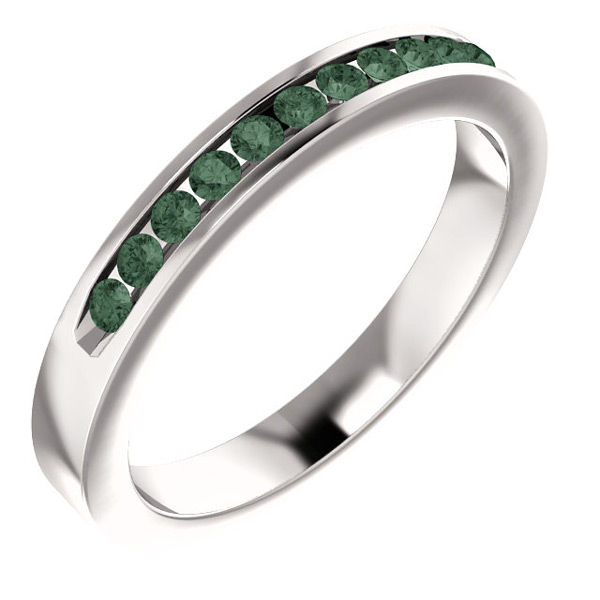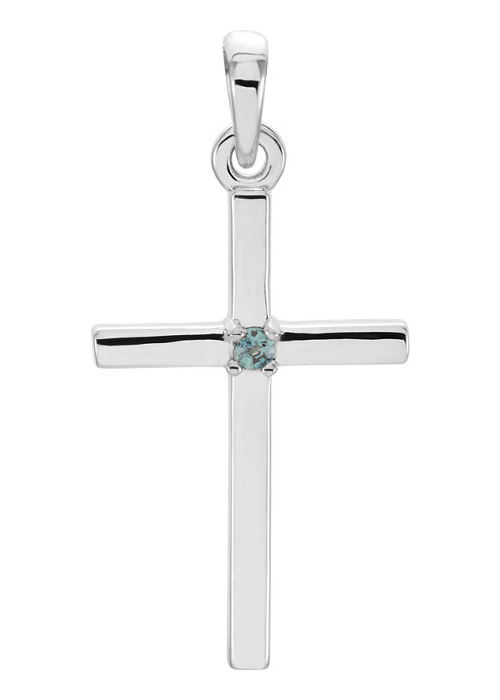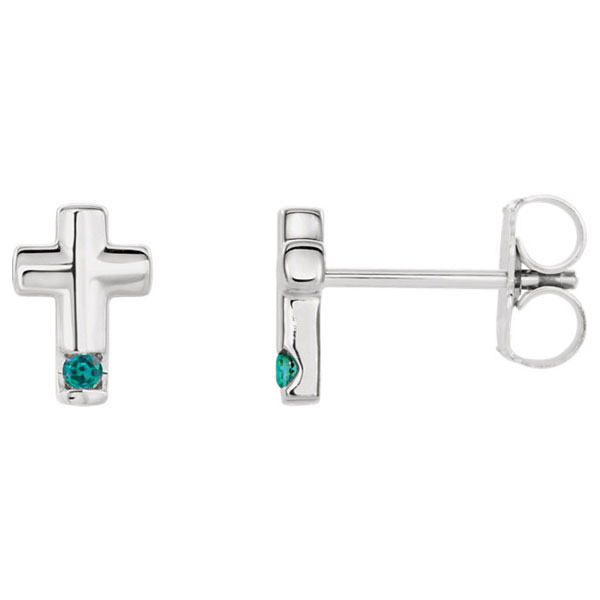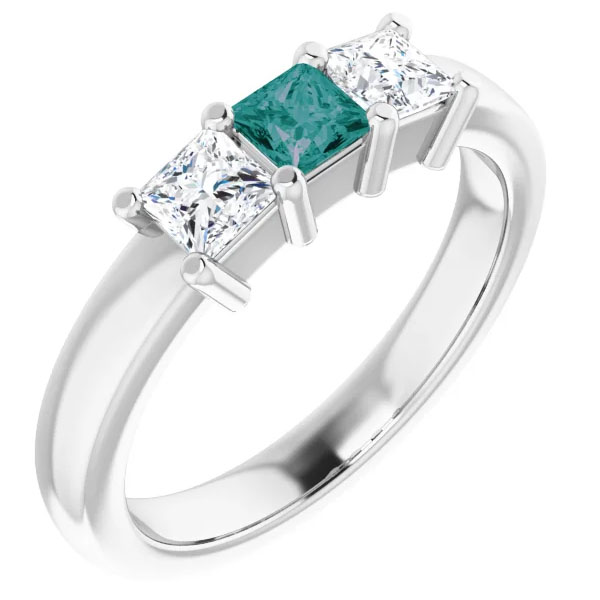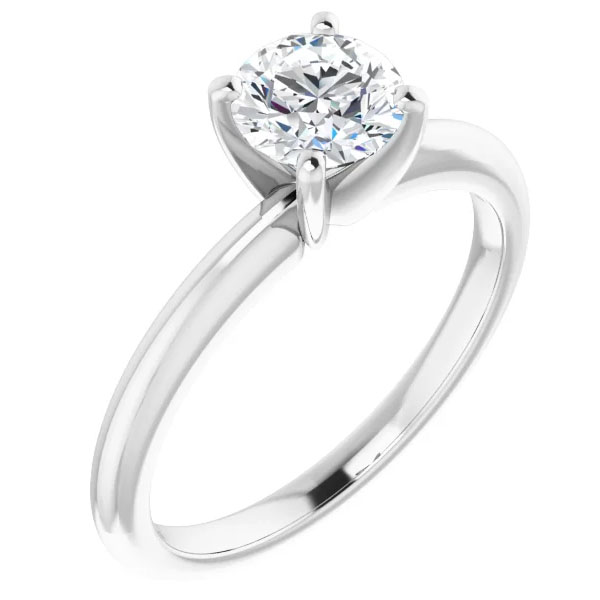Rare Alexandrite Gemstone Jewelry
Alexandrite is a highly unusual color changing variant of the mineral chrysoberyl that is often described as “emerald by day, ruby by night” by gem enthusiasts. In the 1830s, Alexandrite was identified in Russia’s Ural Mountains. Nils Gustaf Nordenskiöld, a well known mineralogist, was the first to notice that this rare green, color changing gem was unique. The stone after Alexander II, the future Czar of Russia, by Count Lev Alekseevich Perovskii in 1834.
How Rare Is Alexandrite?
Due to scarcity and high prices, Alexandrite jewelry is one of the most coveted jewels and fashion accessories. If you have a colossal alexandrite stone that you inherited, have it examined. Natural alexandrite is more expensive than emerald, ruby, and sapphire and rarer than diamonds. Any alexandrite weighing larger than three carats is extremely rare. Commercial jewelers have access to smaller stones.
If it weren’t for the gem’s well known connections, the conditions that led to its production, and its mining history, alexandrite would have remained unknown and extremely rare. Alexandrite takes both beryllium (Be), one of Earth’s most occasional elements, and chromium to produce (Cr). These two elements are also required by emerald. Natural Alexandrite of high quality can cost more than $30,000 per carat (and, of course, varies based on market conditions and demand). Alexandrite is priced chiefly based on the intensity of the color shift and the precision of the hue. Natural alexandrite, unlike some other gemstones, is frequently left unprocessed.
What Is A Synthetic Or Lab Made Alexandrite?
Natural alexandrite is extremely uncommon and beautiful when extracted from the Earth. These reasons contribute to the growth of the synthetic alexandrite market, particularly as a jewelry choice. In addition, Alexandrite has gained such a mystical reputation that it has become a popular substitute for the traditional June birthstone, the pearl.
Even though synthetic gemstones are made in a lab, they have the same physical and biochemical attributes as natural gemstones. They are made up of the same chemical ingredients as natural gems and grown in the same conditions but faster. Alexandrites grown in a lab are genuine alexandrites available at affordable prices.
Color Variations In Alexandrite
Gem collectors prize Natural Alexandrites for their color changing properties. Synthetic Alexandrites have these qualities. However, the most impressive is green to crimson in incandescent light. Gemologists refer to this color shift as the “alexandrite effect.”
In daylight, pure alexandrite is green to blue green, and incandescent light, it is red to purple red. It has a moderate to intense color grading. Stones that are too light lack the color intensity seen in fine quality gemstone jewelry. Excessively dark stones lose their radiance and seem nearly black.
The colors of Brazilian Alexandrites range from mild blue green to pastel mauve. However, better gems have recently been discovered in small quantities. Gallium (Ga) has replaced Aluminium (Al) in significant proportions, in some Brazilian materials, according to gemologists. In sunlight, Sri Lankan alexandrite appears rich olive green, while Russian stones seem bluish green. In the daylight, Zimbabwean gems have a subtle emerald green color, but they are usually minimal. Although the color variation in Zimbabwean gemstones is well known, large, clean stones are nearly impossible to come by from the rough locality.
Related Posts
Gemstone Jewelry, Jewelry Education, Jewelry Guide, Jewelry Reviews, Womens Jewelry



